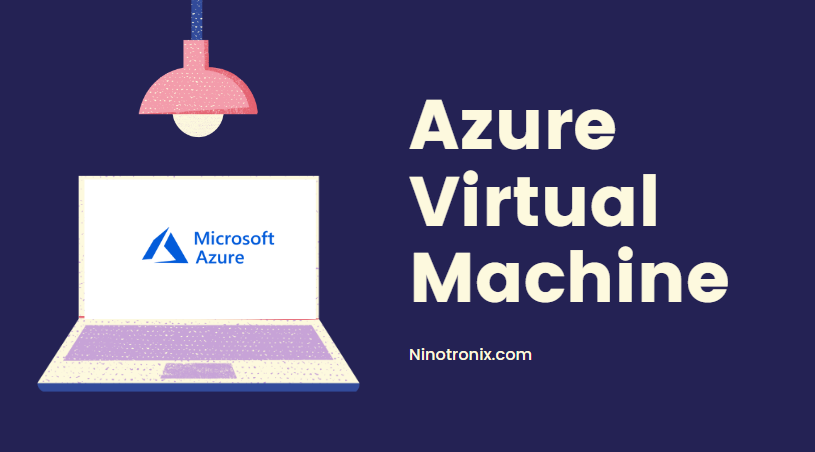An Azure virtual machine (VM) is a computing instance that runs on Microsoft’s cloud platform, Azure. It allows users to create and manage a virtual machine in the cloud, giving them the flexibility to run any workload, from small-scale applications to large-scale enterprise solutions.
Here are some key points about Azure virtual machines:
- Provisioning: To create a virtual machine in Azure, users must first select the appropriate VM size, operating system, and any additional software they need. Azure offers a wide range of VM sizes, each with a different amount of memory, CPU, and storage resources.
- Pricing: Azure virtual machines are charged based on usage, with prices varying depending on the size of the VM and the region in which it is located. Users can choose between different pricing models, such as pay-as-you-go or reserved instances, depending on their needs.
- Scalability: Azure virtual machines can be scaled up or down based on demand, allowing users to add or remove resources as needed. This flexibility makes it easy to manage costs and ensure optimal performance.
- Security: Azure virtual machines are designed to be secure, with features such as network security groups, Azure Security Center, and Azure Firewall available to help users protect their VMs from threats.
- High availability: Azure virtual machines can be deployed in availability sets or availability zones, which provide redundancy and ensure that applications remain available even if there are hardware or software failures.
- Integration: Azure virtual machines can be integrated with other Azure services, such as Azure Storage, Azure SQL Database, and Azure Virtual Network, to create a complete cloud solution.
- Hybrid capabilities: Azure virtual machines can be connected to on-premises infrastructure using Azure ExpressRoute or VPN Gateway, allowing users to create a hybrid cloud environment.
- Management: Azure virtual machines can be managed using Azure Portal, Azure CLI, Azure PowerShell, or other third-party tools. Users can also automate management tasks using Azure Automation or Azure DevOps.
- Support: Azure virtual machines are supported by Microsoft, with various support plans available depending on the level of support needed.
- Use cases: Azure virtual machines can be used for a wide range of workloads, including web applications, big data analytics, machine learning, gaming, and more. They are also commonly used for disaster recovery, dev/test environments, and virtual desktop infrastructure (VDI).
In summary, Azure virtual machines provide a flexible, scalable, and secure way to run workloads in the cloud. With a wide range of features and integration options, they are suitable for a variety of use cases and can help organizations improve efficiency, reduce costs, and increase agility.

